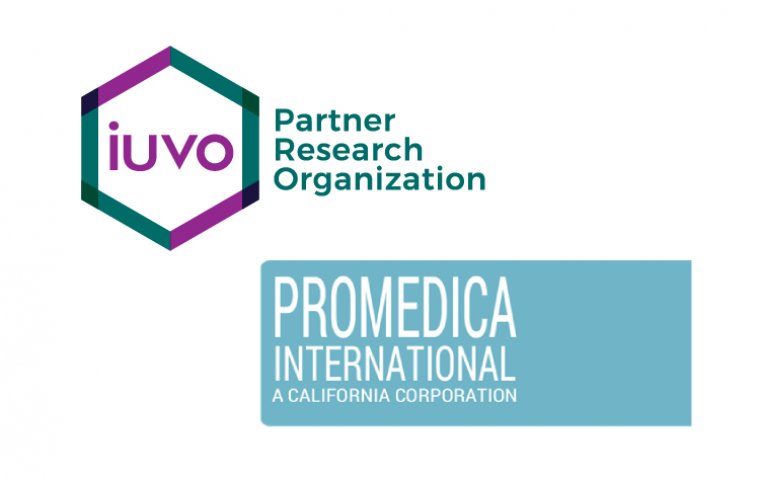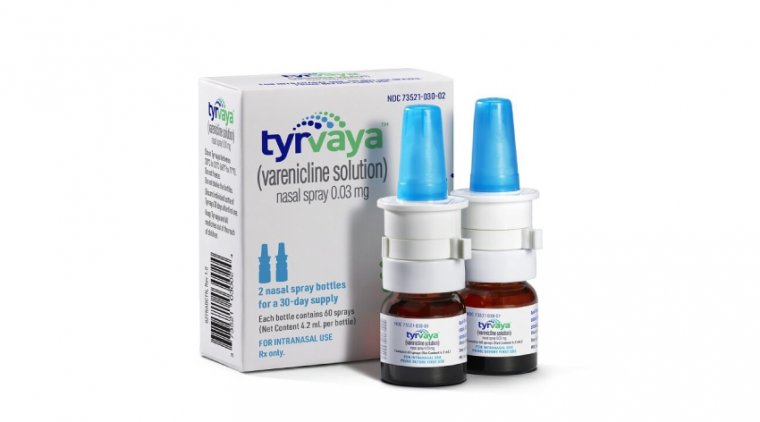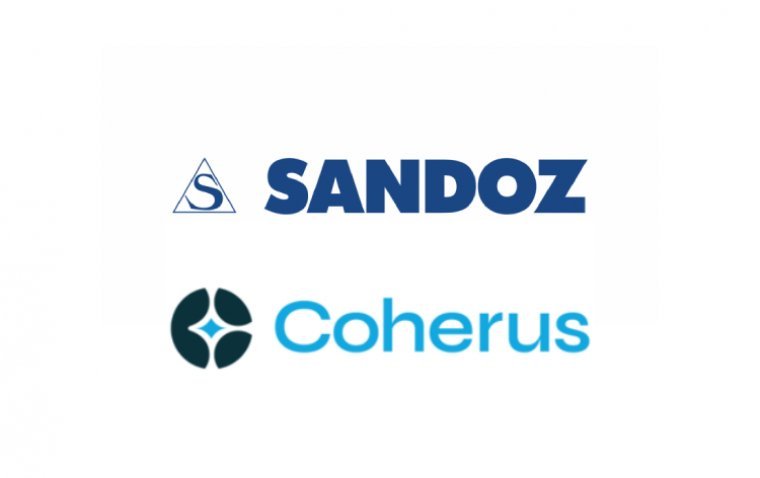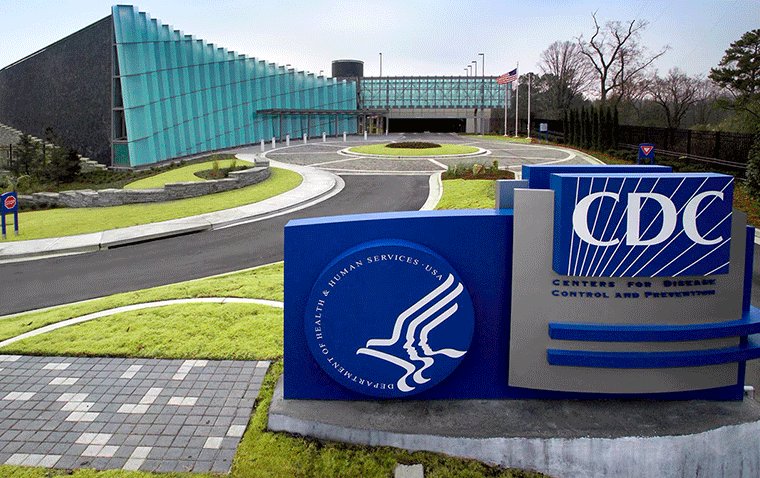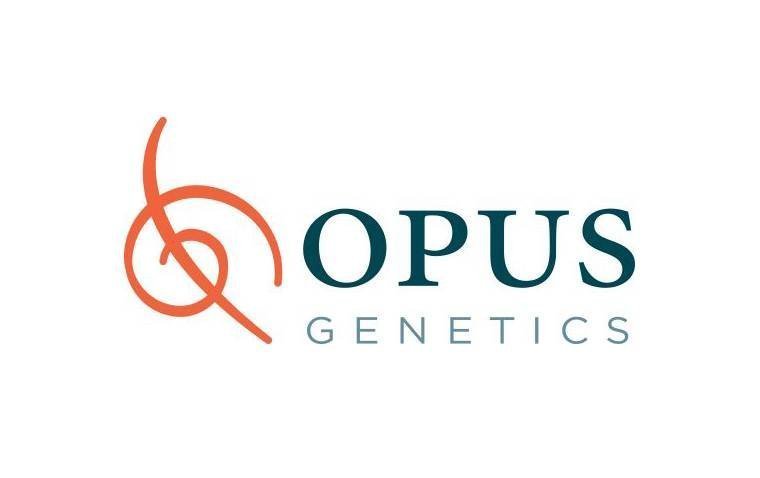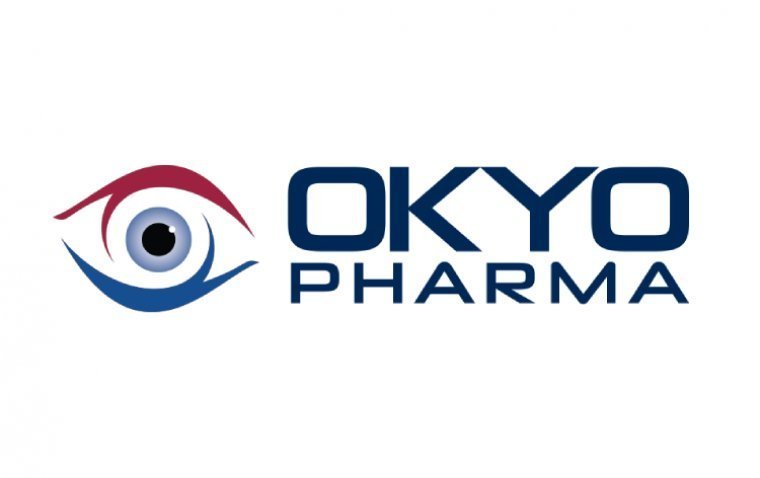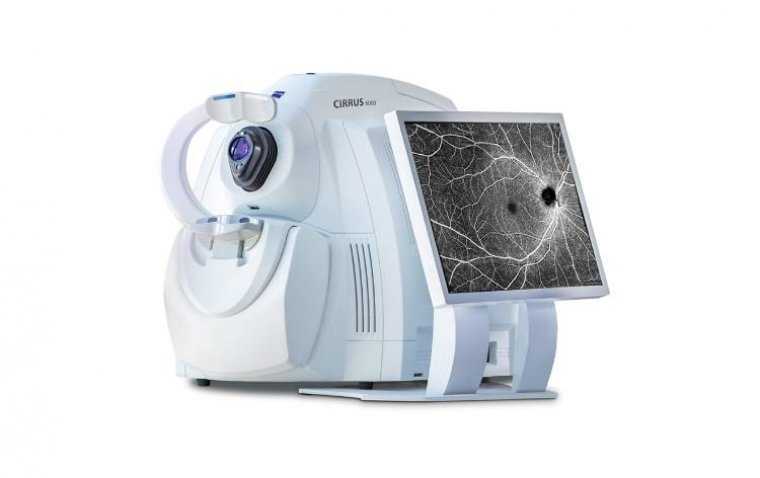
Zeiss Unveils Upgraded Cirrus 6000 OCT
Zeiss Medical Technology has introduced a series of enhancements to the Cirrus 6000, promising a more streamlined and data-centric workflow for ophthalmologists. This update boasts the largest OCT reference database in the US market and fortified cybersecurity features. With recent FDA clearance, the Cirrus 6000 aims to empower informed, data-driven decisions across ophthalmic practices, spanning from diagnosis to treatment and ongoing patient management.
Expanded Reference Database
The cornerstone of these advancements lies in the expansion of the Cirrus 6000 reference database. Now housing a comprehensive repository of 870 healthy eyes, this database has more than tripled its previous size, boasting greater diversity, including varied optic disc sizes and age demographics. This augmentation equips practitioners with a valuable resource to tailor diagnoses and manage ocular health and diseases on an individualized basis.
High-Speed Imaging and Enhanced Visualization
In terms of performance, the Cirrus 6000 OCT stands out with its high-speed imaging capabilities, delivering high-definition detail and a wider field of view. Augmented visualization via AngioPle OCT Angiography further enhances the diagnostic process. Clinically validated applications catering to retina, glaucoma, and anterior segment conditions promise deeper insights into patients' conditions within shorter timeframes, all while adhering to heightened security standards to meet clinical compliance needs.
Patient-Centric Design
Central to the design philosophy of the Cirrus 6000 is a patient-centric approach. Ensuring seamless continuity of care, the device facilitates the secure transfer of patient data from prior iterations of the Cirrus. Evolving alongside clinical compliance and security requirements, the upgraded model integrates novel cybersecurity features.
These measures encompass protection against cyber threats, advanced data security protocols, instantaneous disaster recovery capabilities, and fortified password security. Additionally, the system meets enterprise-scale security requisites, reinforcing its commitment to safeguarding sensitive patient information.
(1).jpg)
